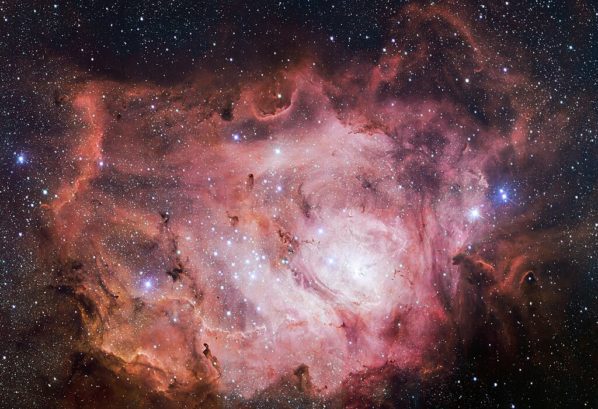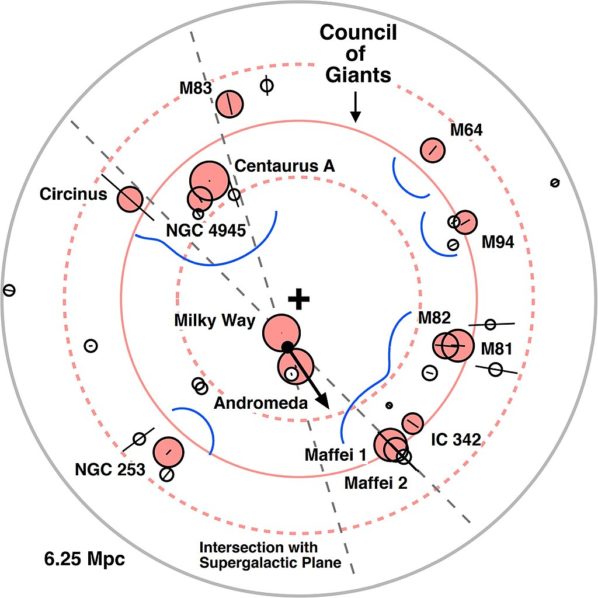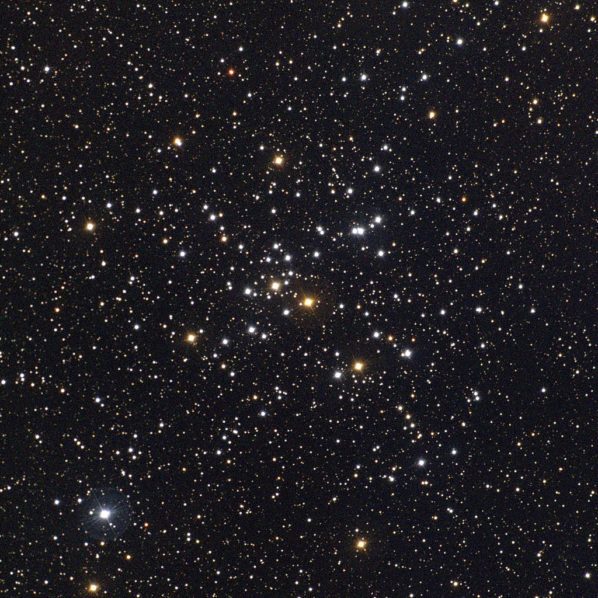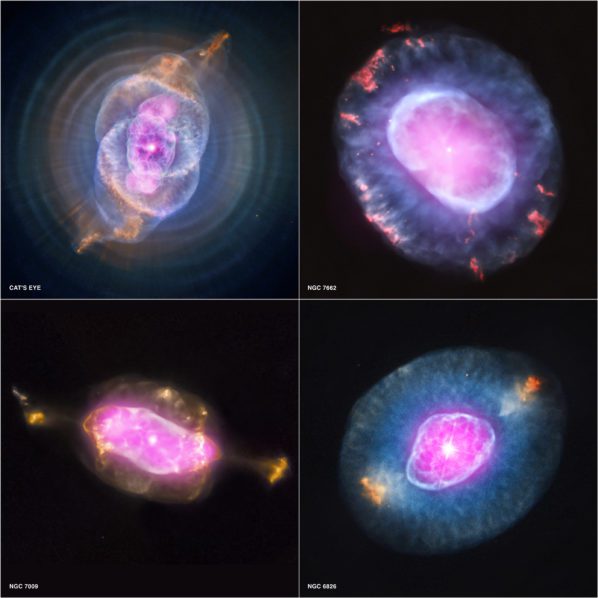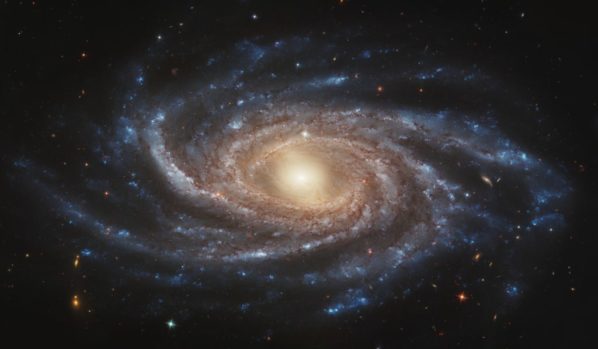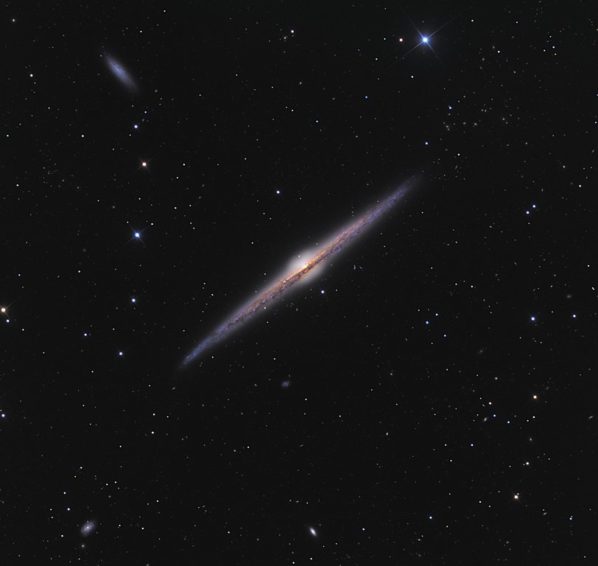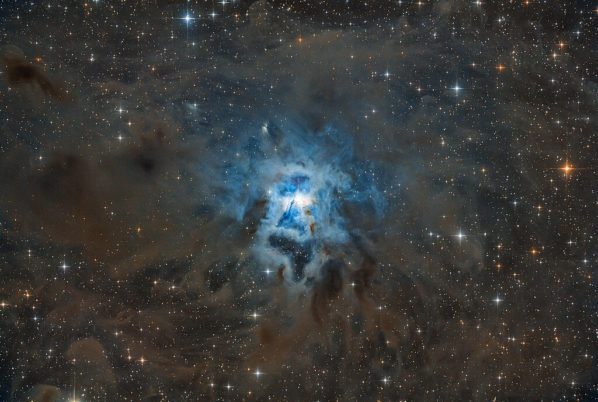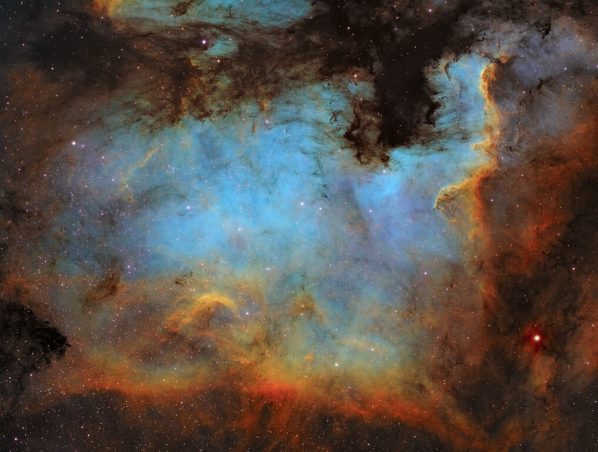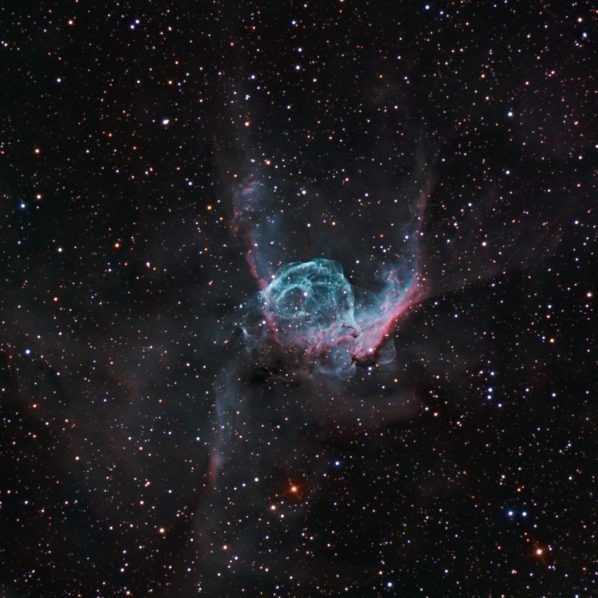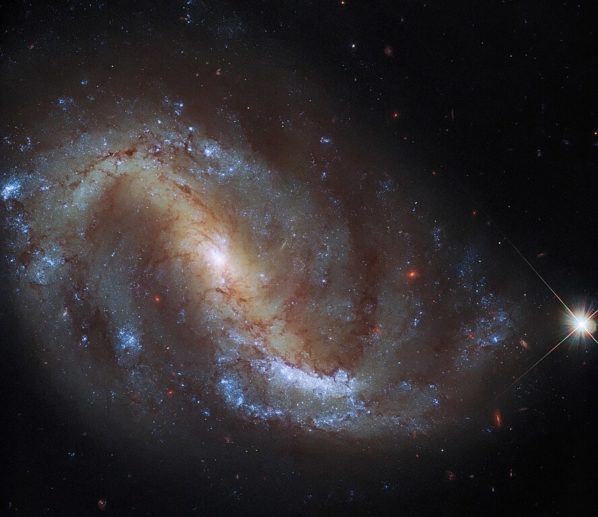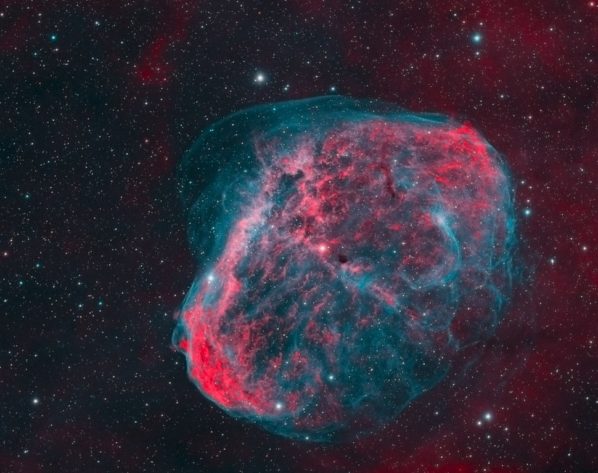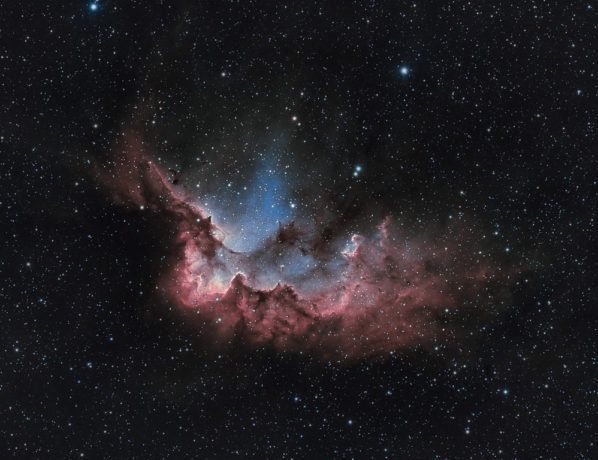NGC 6523: A Close Look at the Lagoon Nebula
Explore the captivating Lagoon Nebula (NGC 6523) in Sagittarius, unveiling unique structures and ongoing star formation mysteries in this celestial gem.
What Is the Council of Giants?
Embark on a cosmic journey through the Council of Giants, exploring the enigmatic structures and active cores of giant galaxies in the Local Sheet. Witness the dynamic evolution shaping these celestial wonders within our cosmic neighborhood.
Stargazing Calendar for January 2024
Explore the celestial wonders of stargazing this January 2024, featuring a breathtaking lineup of events. From meteor shower peaks and planetary conjunctions to the enchanting ascent of clusters like the Little Beehive, dive into a month of awe-inspiring astronomical marvels that illuminate the night sky.
What Is the New General Catalogue of Nebulae and Clusters of Stars?
The New General Catalogue (NGC): 7,840 celestial wonders curated by John Louis Emil Dreyer in 1888, guiding astronomers in their cosmic exploration.
NGC 2336 – A Unique Barred Spiral Galaxy
NGC 2336: a distant barred spiral galaxy boasting a luminous ring, central bar, and a powerful black hole at its core. Explore its cosmic wonders.
NGC 4565: The Needle Galaxy
Discover NGC 4565, the Needle Galaxy—a captivating edge-on spiral offering insights into galactic evolution, captivating stargazers worldwide.
NGC 7023: The Iris Nebula
Explore the captivating NGC 7023, known as the Iris Nebula, revealing cosmic wonders and scientific insights into star formation and organic molecules, offering a glimpse into the universe's mysteries.
NGC 7000: The North America Nebula
Discover NGC 7000, the North America Nebula. Learn about its stunning structure, characteristics, and how to spot it in the night sky. Explore its beauty and the insights it offers to astronomers and astrophotographers alike.
NGC 2359: A Closer Look at Thor’s Helmet Nebula
Discover the beauty and significance of NGC 2359, Thor's Helmet Nebula in Canis Major. Explore its stunning structure and astronomical importance in stellar evolution.
NGC 7496: A Stunning Example of a Barred Spiral Galaxy
Discover NGC 7496, a stunning barred spiral galaxy in Grus constellation. Unveil its unique structure, vibrant star formations, and cosmic mysteries.
NGC 6888: The Crescent Nebula
Uncover the wonders of NGC 6888, the Crescent Nebula, formed by a massive star shedding layers, creating a breathtaking celestial sight. Explore its history and structure in the Cygnus constellation, 5000 light-years from Earth.
NGC 7380: The Spellbinding Charms of the Wizard Nebula
NGC 7380, the Wizard Nebula in Cepheus, 7000 light-years away, blends open star cluster and vibrant nebulous gases. Discovered in 1787, its allure and vivid colors continue to captivate astronomers and amateurs alike.

